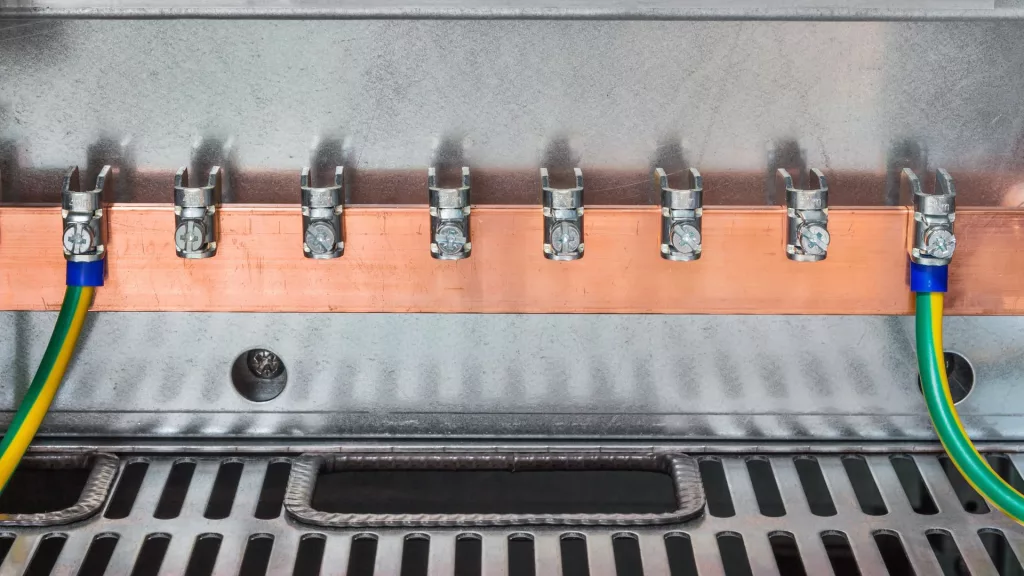In the ever-evolving world of telecommunications, ensuring the reliability and longevity of infrastructure is paramount. One of the most significant threats to telecom systems is lightning strikes, which can cause severe damage to equipment and disrupt communication networks. To mitigate this risk, installing lightning arrestors is a crucial step in protecting telecom systems from the destructive force of lightning.
Understanding Lightning Arrestors
Lightning arrestors, also known as surge protectors or surge arrestors, are devices designed to divert lightning strikes and electrical surges away from sensitive electronic equipment. These devices act as a crucial line of defense, preventing damage to telecom systems by providing a low-resistance path for the excess electrical energy generated during a lightning strike.
The Installation Process
Risk Assessment
Begin by conducting a thorough risk assessment of the telecom site. Identify potential lightning strike areas and evaluate the vulnerability of equipment. This assessment will help determine the number and placement of lightning arrestors needed.
Selecting Lightning Arrestors
Choose lightning arrestors that are suitable for the specific needs of your telecom system. Consider factors such as voltage rating, response time, and the type of protection they offer. It is important to ensure compatibility with your equipment.
Installation Location
Place lightning arrestors at strategic points in the telecom infrastructure, such as where cables enter buildings or at the top of communication towers. Ensure that the installation adheres to local regulations and industry standards.
Grounding System
Establish a robust grounding system for the lightning arrestors. Proper grounding is essential for the effective dissipation of electrical energy. Use high-conductivity materials and connect the lightning arrestors to a dedicated grounding electrode.

Installation of Lightning Conductor
If installing lightning arrestors on tall structures, such as communication towers, incorporate lightning conductors. These conductors provide a direct path for lightning to follow, reducing the risk of a strike on the telecom equipment.
Wiring and Connections
Pay careful attention to the wiring and connections between the lightning arrestors and the telecom equipment. Use high-quality, low-resistance cables and ensure proper installation to maintain the integrity of the protection system.
Regular Maintenance
Implement a routine maintenance schedule to inspect and test the lightning arrestors. Over time, these devices may degrade, and regular checks will ensure their continued effectiveness in protecting the telecom system.
Get the Right Team
Installing lightning arrestors is a critical investment in safeguarding telecommunication systems from the destructive impact of lightning strikes. Getting the right team on the job will ensure that the proper installation process is followed, with adherence to industry regulations.
Team Vivo Asia is an experienced team of electrical and telecom engineers and technicians who are well-versed in industry compliances and know how to choose the best equipment. Contact us today to discuss your requirements!










